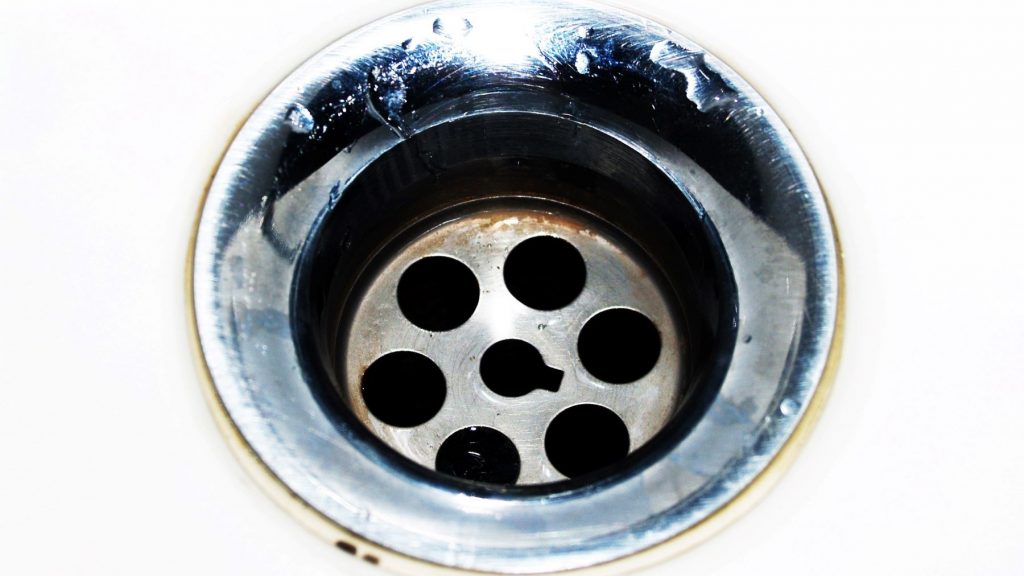FREE Shipping on Orders over $89 with Account – Create One Today!
- (844)-859-9400
- Get Help

A membrane known as the pleura covers the outside of the lungs and lines the chest cavity. The pleura lubricates this area and simultaneously aids in the breathing process. Although a small amount of fluid is expected here, excessive accumulation within the pleura’s layers is known as pleural effusion.
Pleural effusion typically coincides with the development of other medical conditions. Treatment begins with diagnosis, followed by a procedure to drain the fluid. At-home pleural drainage may also be recommended for ongoing fluid management. Keep reading to learn more about pleural effusion, drainage procedures and at-home management systems.
Pleural effusion describes above-average fluid accumulation in the membrane lining the chest cavity and surrounding the lungs. This area typically includes about a teaspoon’s worth of fluid to help the chest cavity move as you breathe.
There are two types of pleural effusion:
Individuals may develop pleural effusion from:
Unfortunately, pleural effusion may be asymptomatic, especially in lower-level cases. Symptoms related to moderate to more severe cases include:
Treatment for pleural effusion is twofold. Your doctor will address the underlying condition and may recommend pleural drainage, especially if the membrane is inflamed or infected.
Generally, pleural drainage involves inserting a tube or catheter into the chest cavity to remove any accumulated fluid. Ultrasound or another imaging technology may assist with guiding treatment. Initially, small-bore tubes are used, while larger-diameter tubes may be necessary for a follow-up or if a large amount of fluid or air is present.
The tubes are then connected to a pleural drainage system using wall suction or gravity to help divert fluid out of the chest cavity.
Common drainage procedures include:
Along with a long-term catheter, you may be directed by your doctor to use a pleural drainage set designed to lessen fluid buildup within the chest cavity. Such sets include:
ASEPT® Pleural Drainage System
The ASEPT® Pleural Drainage System includes an easy-to-clean safety valve that connects a permanent catheter to a drainage bottle. Using the Seldinger technique, this minimally invasive solution reduces potential organ damage and dislocation and can be inserted in both inpatient and outpatient settings.
PleurX™ Pleural Drainage Catheter System
Used in clinical settings for over 15 years, the PleurX Pleural Effusion Catheter system helps manage symptoms related to recurrent pleural effusions, offering intermittent drainage from home. The system includes a tunneled catheter inserted through an outpatient procedure and vacuum drainage bottles.
Sources:
https://www.webmd.com/lung/pleural-effusion-symptoms-causes-treatments
https://www.ncbi.nlm.nih.gov/pmc/articles/PMC5874139/
https://my.clevelandclinic.org/health/diseases/17373-pleural-effusion-causes-signs–treatment
